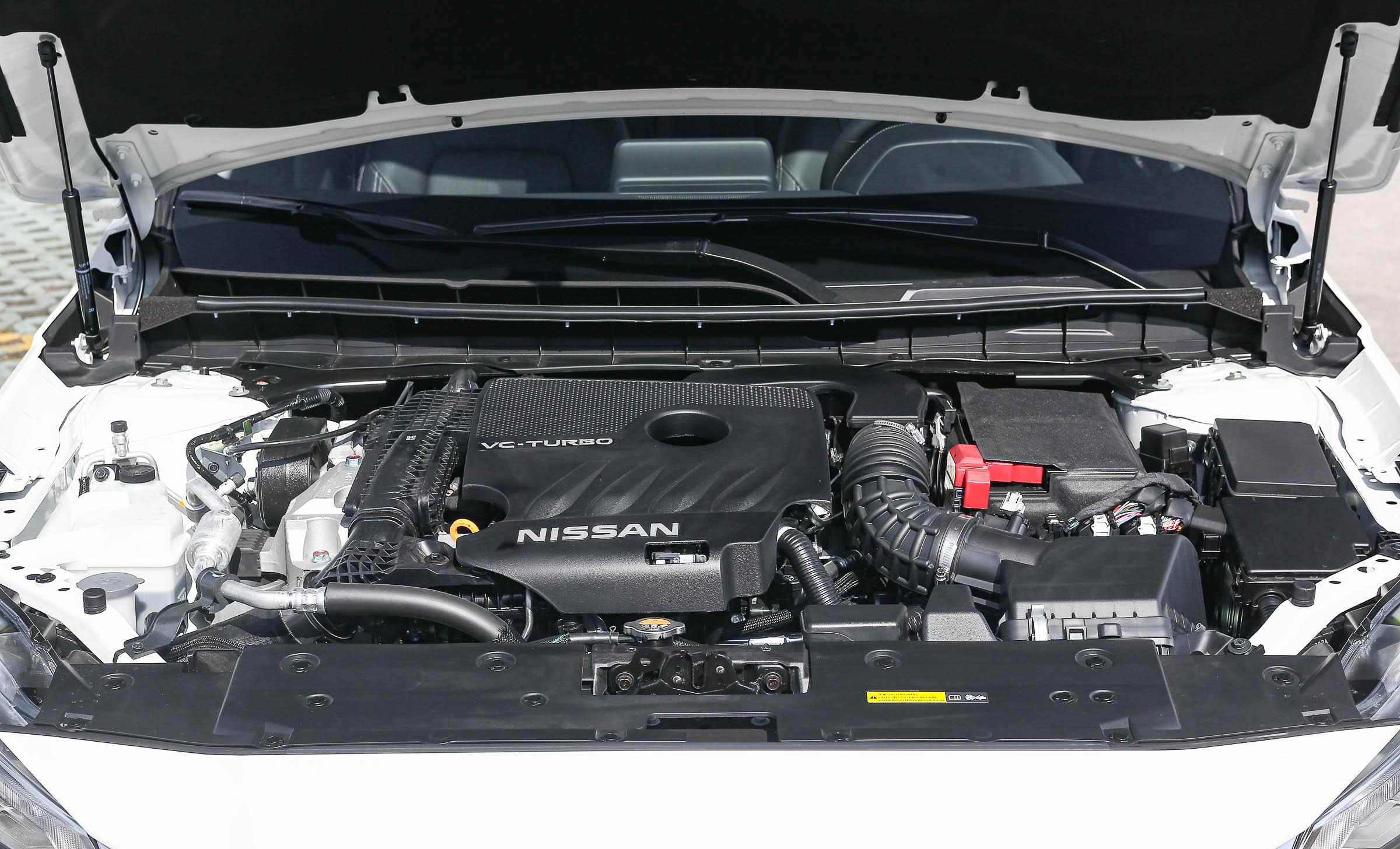Electrification is the future of the automotive industry. However, internal combustion engine cars are still the current mainstream. Today we will introduce the Variable Compression Turbo Engine of the Nissan Tianlai 2.0T engine. Learn about the principles and features of this technology.
To understand the variable compression ratio technology of Nissan's engines, let's first briefly understand how the engine works. What kind of a parameter is the compression ratio.

The engine produces energy by burning the compressed mixture inside the engine cylinder. Air and gasoline are fed into a closed cylinder. The mixture of fuel and air is compressed and then ignited. When these mixtures burn, the volume expands, producing a huge amount of energy to push the pistons into motion.
Compression ratio, simply put, is the ratio of the engine air fuel mixture before compression to after compression. This ratio is related to the position of the lower and upper stop points of the piston.
One of the effective ways to improve the thermal efficiency of the engine is to increase the compression ratio. In the case of all conditions, the higher the compression ratio, the stronger the ability of the system to press gasoline, and the higher the efficiency. However, the compression ratio cannot be increased indefinitely. When the oil-gas mixture is burned, the pressure and temperature in the cylinder will rise sharply. If the compression ratio is too high, this may lead to abnormal combustion of the fuel before it reaches the upper stop point of the piston, that is, knocking. This situation is not good, the engine can easily burn out. That is to say, the compression ratio of the engine has a limit. Cannot be increased indefinitely.
Moreover, if you want strong power, the compression ratio should also be controlled to a certain extent, not too high. Spray more gasoline, that's king.
In practical applications, when the car is cruising, the engine intake airflow will be relatively low. At this time, the compression ratio limit will be relatively high. When accelerating, the intake air flow will be relatively high, and the limit of the compression ratio will be relatively low at this time. Therefore, in different use cases, working with different compression ratios is a way out to improve efficiency. Changing the compression ratio according to the conditions is one of the practices of maximizing energy utilization.
In conventional engines, the piston and crankshaft are directly connected by connecting rods, the piston stroke is fixed, and the compression ratio is fixed.
Nissan made a fuss about it on the connecting rod. Nissan's variable compression ratio turbine engines came up with a way to rotate the crankshaft with a multi-link system instead of the traditional connecting rod.
On the left side of the figure below is a conventional engine. On the right is the variable compression ratio engine. It is clear that there are more variables than the connecting rods of the engine, and there are more executive motors and control shafts.
How did the compression ratio change? Variable compression ratio turbocharged engines change the position of the control shaft by performing a motor pulling the A linkage.
Controls the rotation of the shaft to move the lower linkage (L linkage). This makes it possible to change the angle of the multi-link system. This adjusts the vertical position of the piston stroke in the cylinder so that the compression ratio is changed. The system can adjust the compression ratio between 8:1 and 14:1 as needed, and work with a high compression ratio at low load and a low compression ratio at high load.
The successful mass production of Nissan's engine variable compression ratio technology has enabled the engine compression ratio to be intelligently switched. In this way, the engine can balance fuel consumption and power performance at the same time. The 2.0T engine with variable ratio technology applied by Tianlai has a comprehensive fuel consumption of 6.6/6.7L per 100 kilometers and a peak torque of 371N·m, which is really eye-catching. It also won the title of Ward's Top Ten Engines in 2020. This technology is not only used in tianlai, Infiniti QX, New Qijun also has applications.